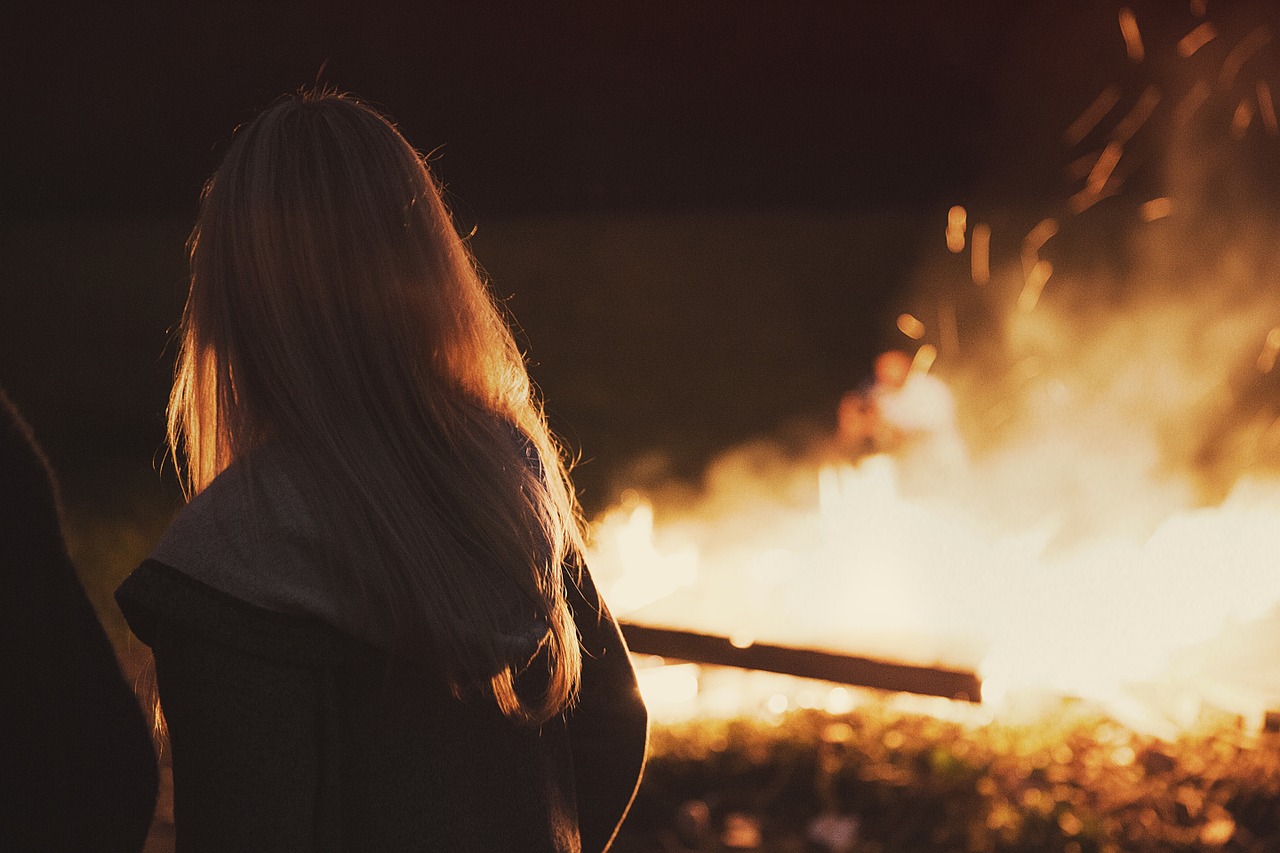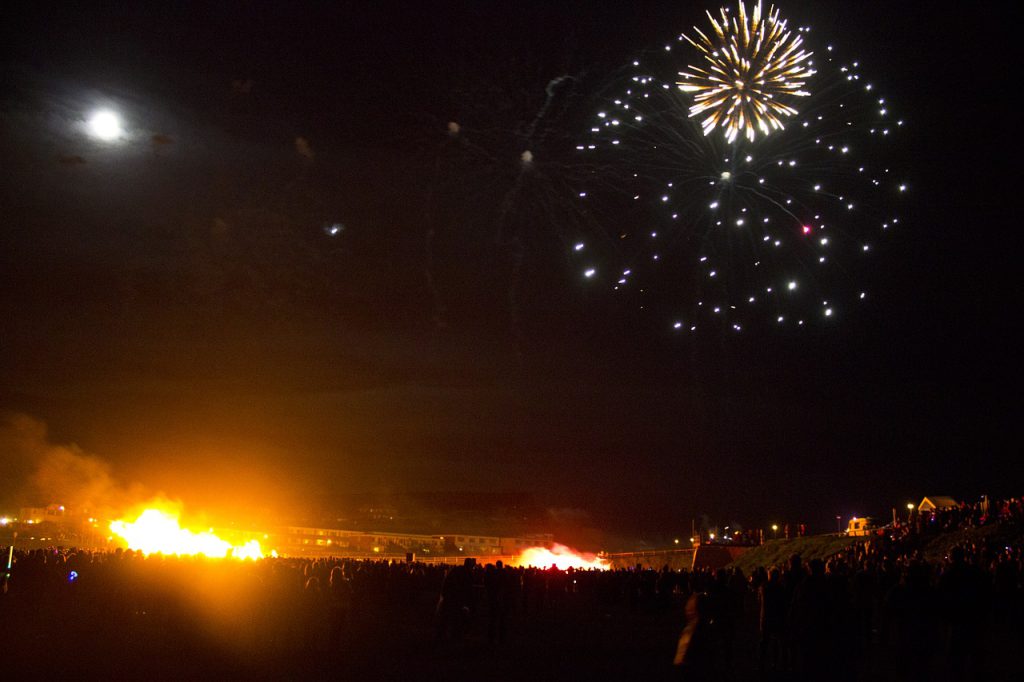The “night of Sant Joan” is a deeply rooted tradition in the Mediterranean cultures, and especially in Catalonia and the Balearic Islands. It is a festival linked to the summer solstice where fire and water rituals are the main elements of the night. In fact, traditionally, the night of June 23rd was known as the shortest of the year as the day was the one with the most daylight hours, although currently it is known that the one is June 21st.
 Yet it retains the ritual that precedes the feast of Sant Joan, marked by the saints calendar and the symbolism given by each Mediterranean country that also celebrate it, despite the differences that acquire its meaning. Traditionally in Catalonia this symbolism was related to a party based on Christian biblical facts but it is actually a much older pagan festival which fire honors the sun as a source of light and life. Indeed, the City Council remains a law of 1780 which expressly forbid bonfires for this special night in the walls of the city, so we can infer its popularity since S. XVIII.
Yet it retains the ritual that precedes the feast of Sant Joan, marked by the saints calendar and the symbolism given by each Mediterranean country that also celebrate it, despite the differences that acquire its meaning. Traditionally in Catalonia this symbolism was related to a party based on Christian biblical facts but it is actually a much older pagan festival which fire honors the sun as a source of light and life. Indeed, the City Council remains a law of 1780 which expressly forbid bonfires for this special night in the walls of the city, so we can infer its popularity since S. XVIII.
From 1917 the ritual loses its Christian meaning and takes a closer relationship with myths and legends. That is why it is also called “the most magical night of the year” where spells and rituals take power at night.
Precisely for these reasons, Franco was intended to end the party to consider it improper for Christian people, but it remained clandestinely. However, the tradition of ignite bonfires is being reduced due to strict municipal rules. Not too far back in the past, bonfires were made of old furniture, boxes, wood.. and was usual to see it in town squares.
Since the 50s the festival has been institutionalized through the “Canigó Flame.” Each year the flame, which remains lit throughout the year on top of Canigó, go down from there as Olympic torch and is carried by groups of volunteers passing it from town to town to light the fires of Catalan cities. This event highlights the symbolic union of the Catalan nation. Since the 70s this festival was proclaimed as the National Day of Catalonia.
As it can not be otherwise, cuisine has also been influenced by the festival. In these days of festival and celebration the most common dessert is the “coca de Sant Joan”, a cake with candied fruit, which can also be made with crackling, pine nuts or “recapte”. Formerly, cakes were round with a buttonhole in the middle, which could be related to some kind of ancient ritual of this day…



